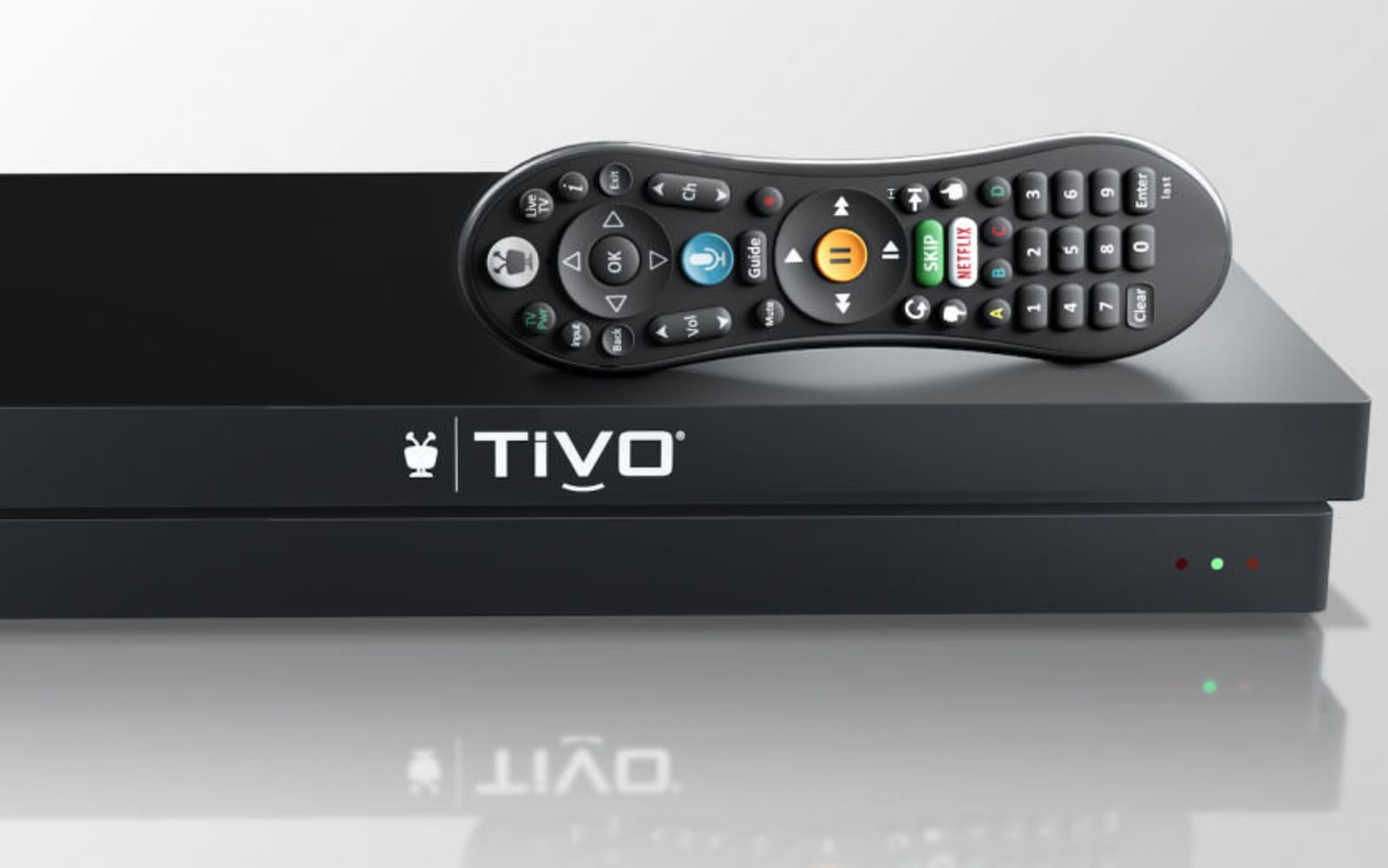Tag Archives: intellectual property
Nintendo agrees to $2 million settlement in Switch hacking lawsuit
Lessons design school didn’t teach me – Entrepreneurship and how to protect your creative work
As designers, we often care most about creating the best possible product and can be guilty of tunnel vision during the design process. However, I learned the hard way that it is critical for designers to have a basic understanding of the mechanisms that surround and support product design to ensure our creative efforts and the businesses built around them are protected. It isn’t just about designing something, it’s about safeguarding what you design too.
Protect yourself and your work! (Intellectual property)
Intellectual property was something I didn’t understand or have time for until it was too late. A modular lighting unit I designed during my graduation thesis soon went on to become a successful commercial product (I eventually developed my own company around it too), but it wasn’t long before the internet was just flooded with cheap copycats. They were essentially the same design with cheaper components, less reliable assembly, and a heavily undercut price tag. Not only did it hurt the business, but it ended up hurting the brand I built too. Without IP protection, designers lose leverage with the business or person we are partnering with. Having the right protection in place is extremely helpful when negotiating a deal and having a certain amount of control over what happens to our work.
More importantly, IP protection prevents other companies from copying and selling our work. It has been tough to see how ruthless some of the overseas markets can be when it comes to plagiarism. Unfortunately, the more successful my designs were, the more appealing a target my work became. I’ve seen third parties literally just copy and paste entire websites – the images, the copy, the product, company mission, etc.
At times it often felt like everybody was profiting from my hard work, except me. And once it starts, it’s extremely difficult to stop since most of these companies are based overseas and do not have any contact information available. Usually, the best course of action to combat this is to contact the actual platform they are using, Shopify, Amazon, Instagram, etc. The best way to slow their growth is to target where they’re growing.
Like myself, I‘m sure many young designers are financially limited when starting out, so the process of getting a patent can be quite daunting. Everyone’s situation can be unique so please seek professional advice but I would suggest at minimum to file a ‘provisional patent’. You may be able to do this without a lawyer depending on the complexity of your design and it is the cheapest and easiest way to get you off to the races. A provisional patent will essentially put your design protection in a queue and give you priority. And you don’t need to be completely specific when filing at this point. It will take around a year to clear, after which you can decide if you want to spend a little more money on writing it properly and filing it officially. While it’s processing you can use the term ‘patent-pending’ as a form of protection. Here are a few ways of protecting your work.
• Utility patent – Used to protect new technologies and concepts.
• Design patent – Used to protect the aesthetic of your product.
• Copyright – Used to protect original works of authorship like images, music, copy etc. (This is automatic)

Read the fine print! (Contract and business law)
Every designer should have an understanding of what a fair deal is! It sounds basic but it’s not something most designers are familiar with. Just ‘getting exposure’ for creating the majority of a company’s assets is not good enough. It is hard to understand how certain contract structures will play out until you have lived through them. However, I would advise designers to take a crash course on standard deals between designers/inventors and businesses.
One of my first mistakes out of school was signing a deal for a share of ‘net profits’. It sounded fair to me until I learned that ‘net profits’ isn’t a clear-cut figure, and can quite easily be manipulated. If you do sign a deal for a share of profits/revenue, then at least know that you have the right to have visibility and transparency from the company on their numbers (Quarterly profit/loss statements).
I would suggest that before getting into negotiations you make sure you have a clear idea of what you want the outcome to be. Would you like a one-time payment for your concept and head off into the sunset or do you want to be a part of the journey and help build the business? There’s no written formula for which route to take, but it’s a gut decision ability that you’ll develop with time and experience.

Plan for all contingencies (Good as well as Bad)
This is probably a lesson that is very familiar in the startup world but you need to make sure you have the tough conversations right at the outset instead of operating on dreams and lofty assumptions. Although it may be an uncomfortable process, but if you’re looking to be an entrepreneur and starting a business venture with a new partner you need to make sure you are very clear upfront regarding responsibilities and compensation. Ask yourself “What happens if this business/product makes $1,000,000?” “What is our company mission?” “What happens if we accumulate a large amount of debt?” “Do we have a process in place if we disagree?” “What happens if someone is not fulfilling their duties?” etc.
When starting out, everyone is probably very conscious of maintaining a positive mentality. But don’t be afraid to talk through all of the different potential road bumps or outcomes with your partner. Focusing on building a successful business first and then worrying about it later is a mistake and a difficult (and very expensive) lesson I learned the hard way. You do not want to invest your time and money until you have made the terms extremely clear upfront and have these agreements dated and signed!

You can do it too! (Having confidence in your abilities)
Even after receiving significant recognition and multiple awards coming out of university, I still didn’t really have full confidence in myself and my abilities. I would love for someone reading this who is thinking about starting their own business or design studio to have the confidence to go for it! I may be a little biased but I believe the design and creative-ability of a business is really the secret sauce. I think the importance of good design and good branding is becoming more and more significant as time goes on and markets saturate.
There is no better feeling than seeing something that was previously just a thought in your mind materialize into the real world and then see customers interact with it in a positive way. The journey is long, and you will need some perseverance, optimism, and a clever strategy along the way, because there will always be pitfalls and competitors jealous of your success. Have patience and realize success doesn’t happen overnight – being successful is, in fact, a journey, not a goal… and it’s all in constantly looking at the road ahead, and how you deal with the challenges that come your way!

ABOUT THE AUTHOR
James Vanderpant is an award winning industrial designer and inventor of the world’s first modular, touch sensitive lighting system. He graduated from Brighton University, England in 2016 where he founded Brighton’s biggest product design exhibition. He is now running Polygon, a designed focused company in NYC (polygonlight.com) and is also working on the next bathroom revolution. Besides this he also runs a YouTube channel – making creative and design centered videos.
Nintendo takes legal action against US Switch hack sellers
FBI accuses China of attempting to steal US COVID-19 research
‘Dreams’ player forced to remove his fan-made Mario assets
 Sony's long-awaited Dreams arrived earlier this year, a LittleBigPlanet-esque wonderland in which players can build almost any kind of world they can imagine -- but only if it doesn't infringe on copyright, apparently. According to Dreams content cre...
Sony's long-awaited Dreams arrived earlier this year, a LittleBigPlanet-esque wonderland in which players can build almost any kind of world they can imagine -- but only if it doesn't infringe on copyright, apparently. According to Dreams content cre...
Huawei accuses US Justice Department of ‘political persecution’
 One day after the US Justice Department announced 16 new charges against Huawei, the Chinese telecommunications equipment manufacturer has responded. In a lengthy statement, the company defends its track record, and accuses the US government of "usin...
One day after the US Justice Department announced 16 new charges against Huawei, the Chinese telecommunications equipment manufacturer has responded. In a lengthy statement, the company defends its track record, and accuses the US government of "usin...
Justice Department charges Huawei with stealing trade secrets, again
 The US Justice Department has charged Huawei and two US subsidiaries with racketeering conspiracy and conspiracy to steal trade secrets. A 16-count superseding indictment, filed yesterday in Brooklyn, New York, adds to previous US charges filed again...
The US Justice Department has charged Huawei and two US subsidiaries with racketeering conspiracy and conspiracy to steal trade secrets. A 16-count superseding indictment, filed yesterday in Brooklyn, New York, adds to previous US charges filed again...
Nintendo wins legal battle against one of Tokyo’s real-life ‘Mario Kart’ tours
 Mario Kart-themed go-karts may soon disappear from the streets of Tokyo following a decisive legal win by Nintendo. On Wednesday, the gaming giant announced that Japan's Intellectual Property High Court had ordered Mari Mobility, one of the more popu...
Mario Kart-themed go-karts may soon disappear from the streets of Tokyo following a decisive legal win by Nintendo. On Wednesday, the gaming giant announced that Japan's Intellectual Property High Court had ordered Mari Mobility, one of the more popu...
TiVo announces plans to merge with entertainment tech firm Xperi
 TiVo is scrapping plans to split its product and licensing divisions. Instead, it's merging with the entertainment tech firm Xperi. The new, $3 billion company will take on the Xperi name, but it will continue to sell TiVo-branded products.
TiVo is scrapping plans to split its product and licensing divisions. Instead, it's merging with the entertainment tech firm Xperi. The new, $3 billion company will take on the Xperi name, but it will continue to sell TiVo-branded products.